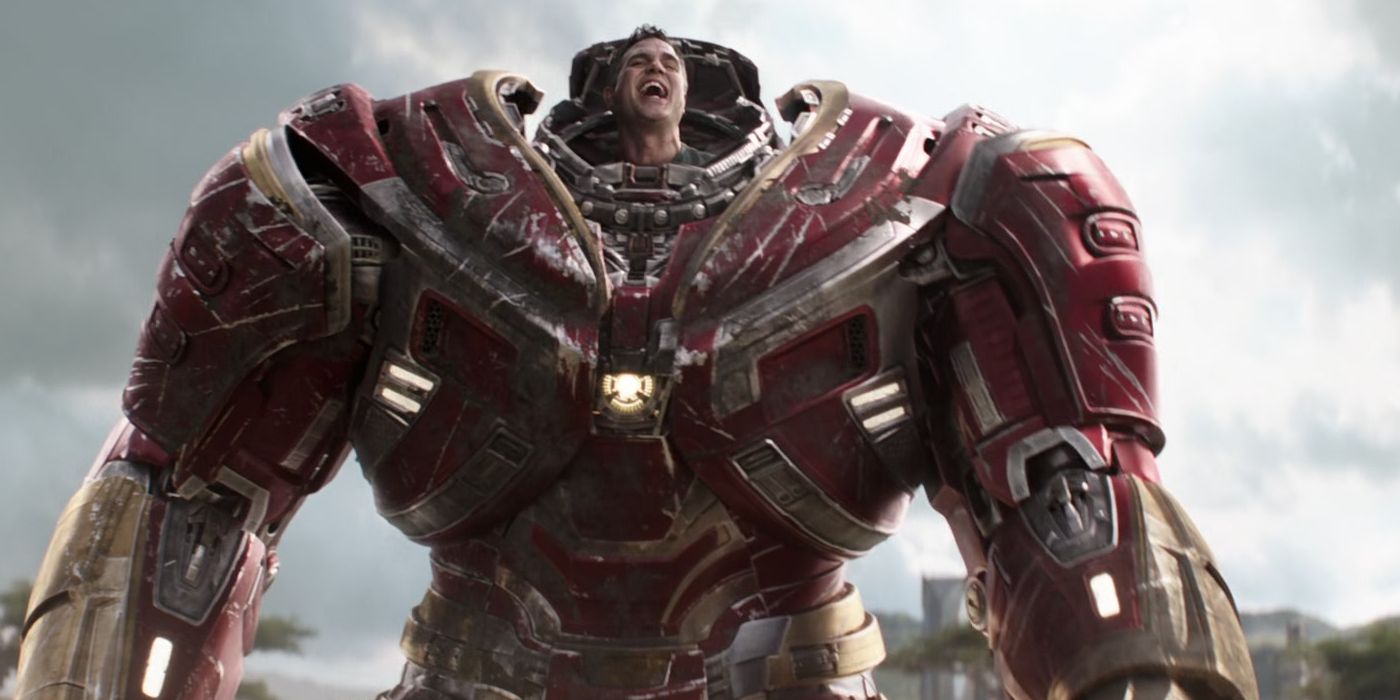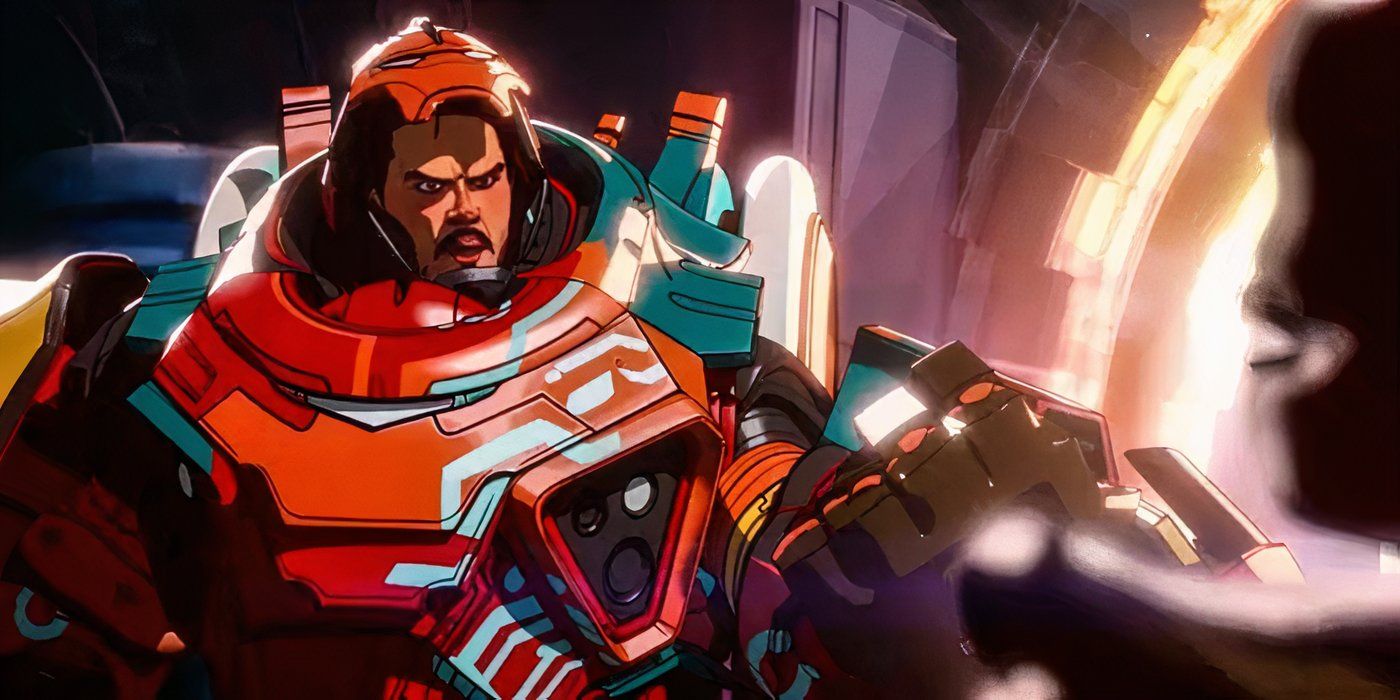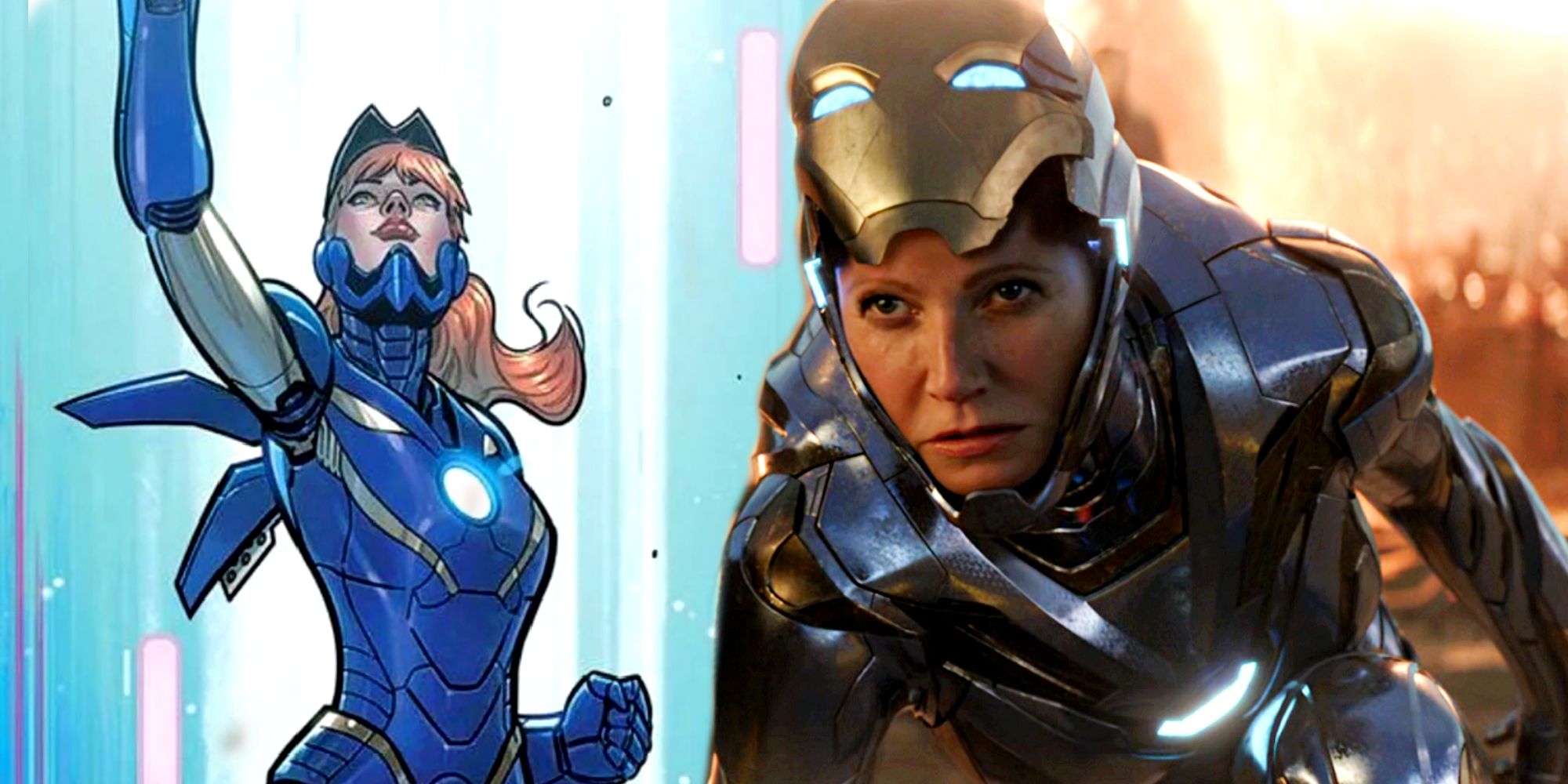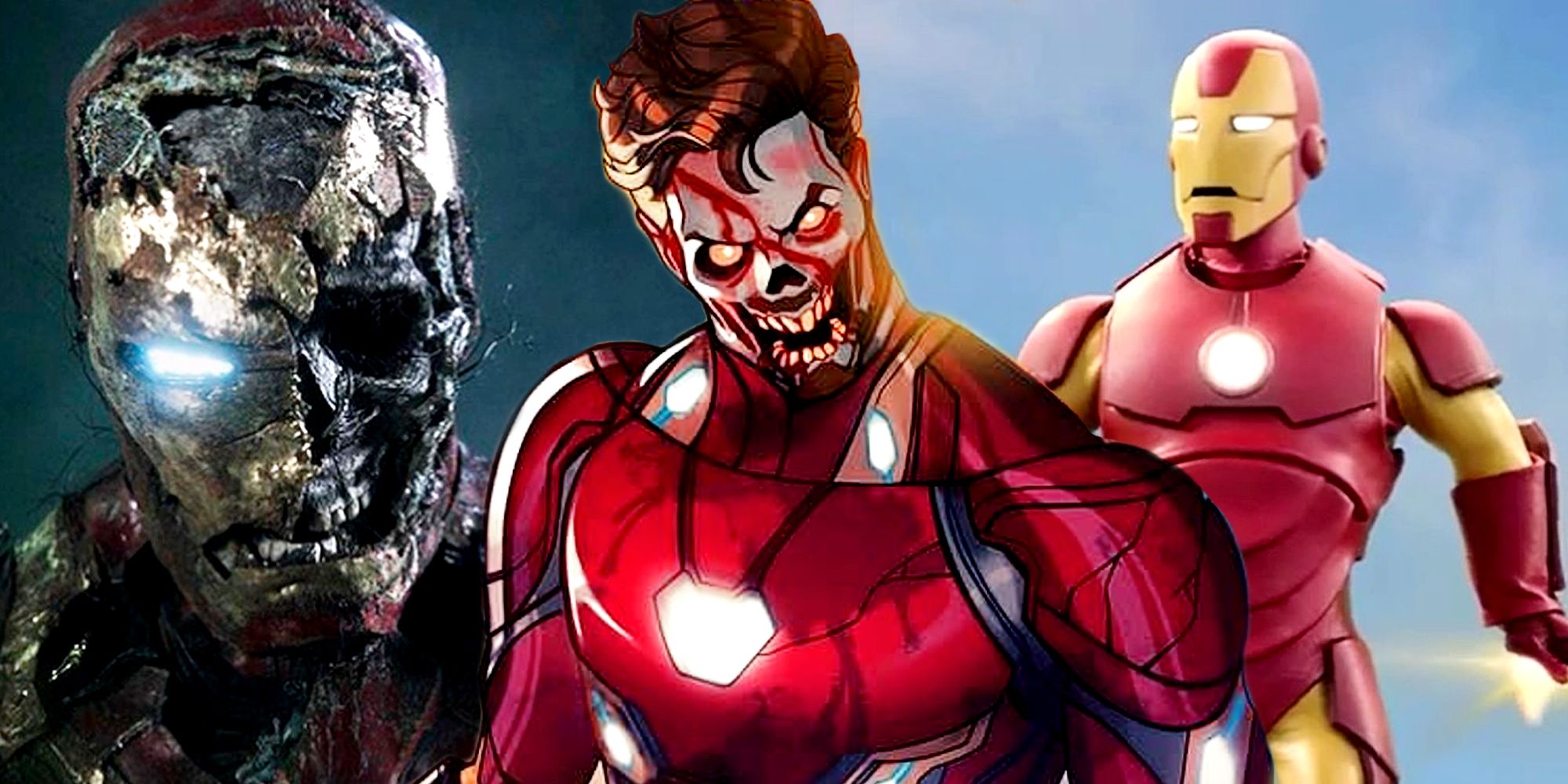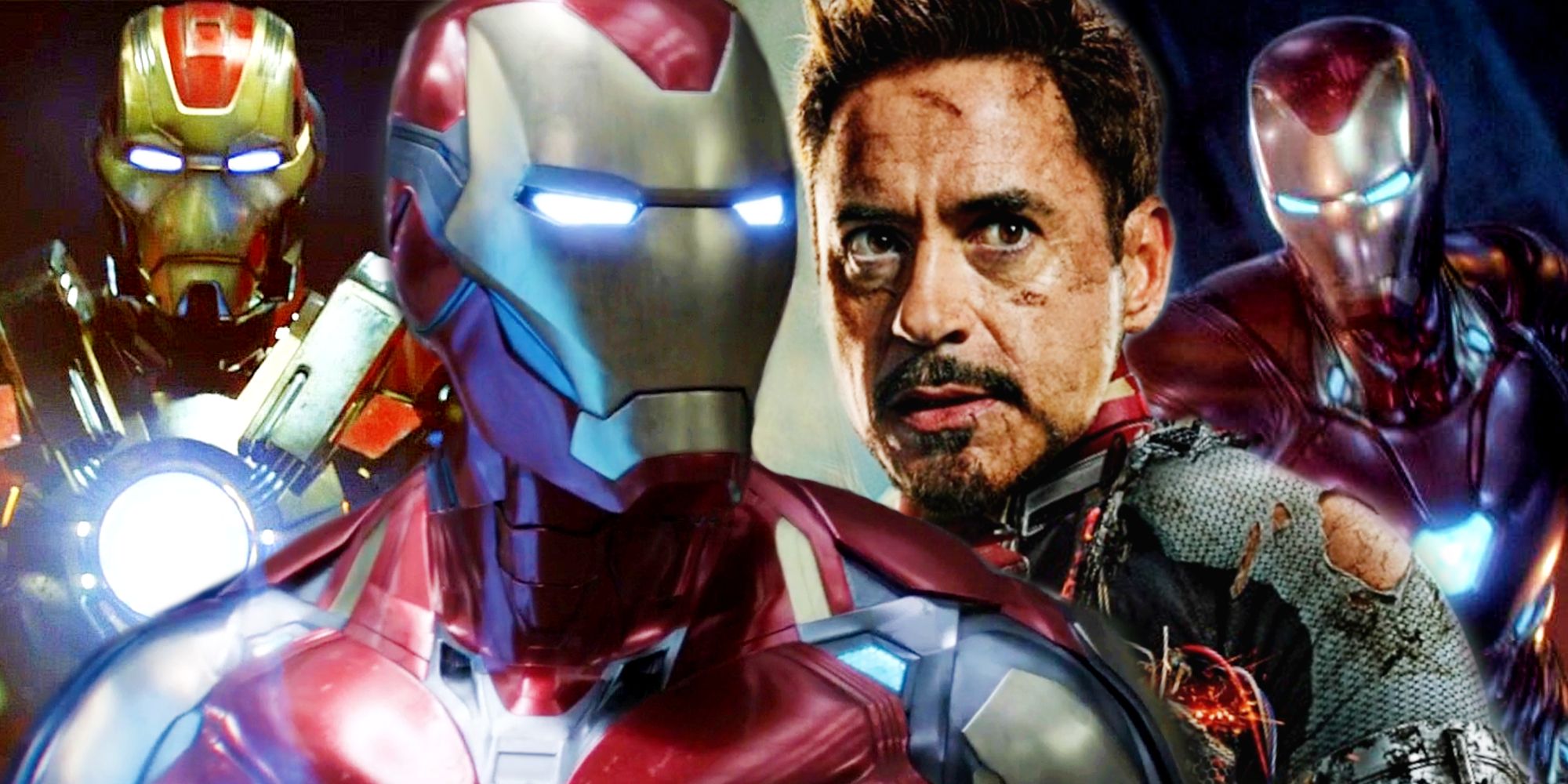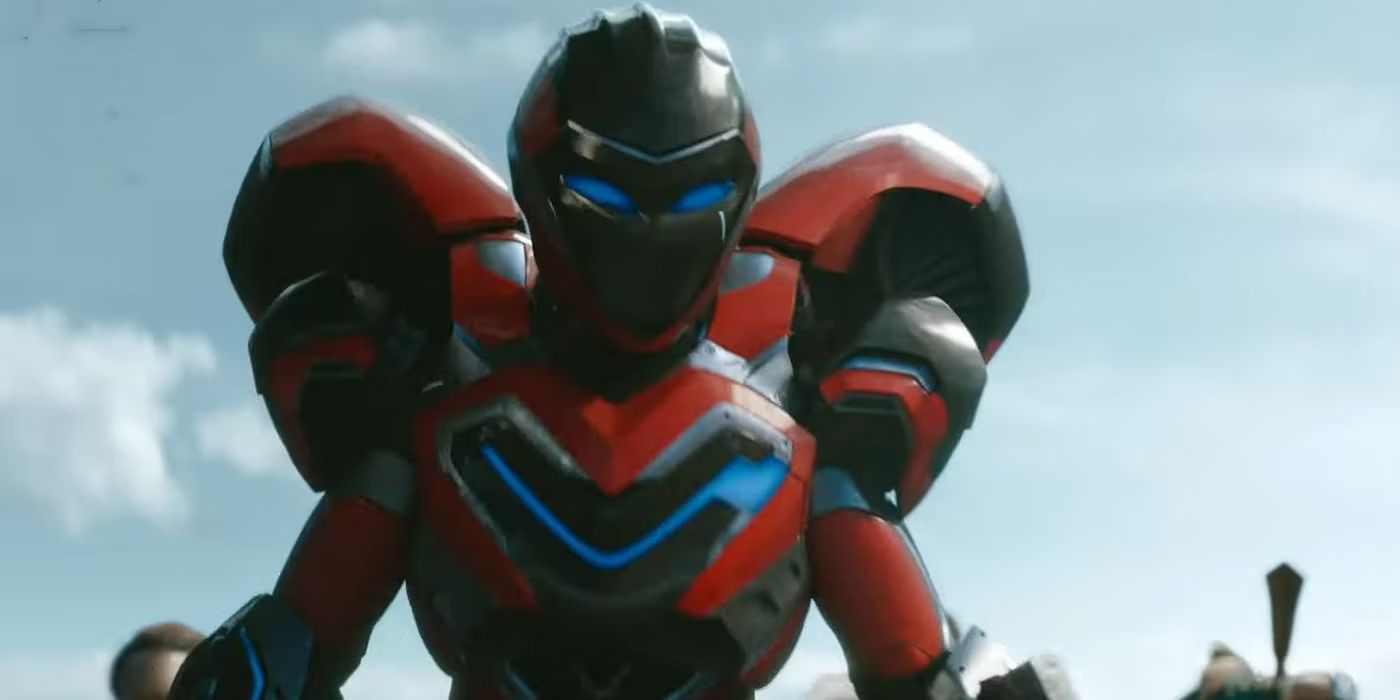Introduced in 2008's Iron Man, the crown jewel of the MCU is undeniably Robert Downey Jr.'s Tony Stark, whose greatest creation is his extensive gallery of advanced armored suits. From the clunky Mark I and the sleek Mark VII to the nanotechnology of Mark 85, Stark's collection of Iron Man armor continues to be a symbol of heroism. Iron Man's suits reflect Stark's own MCU journey — receiving upgrades, specializations, altered designs, and even futuristic materials. The Iron Man suits prove Stark's relentless dedication to improving and refining not just his tech, but also his perspective throughout the MCU.
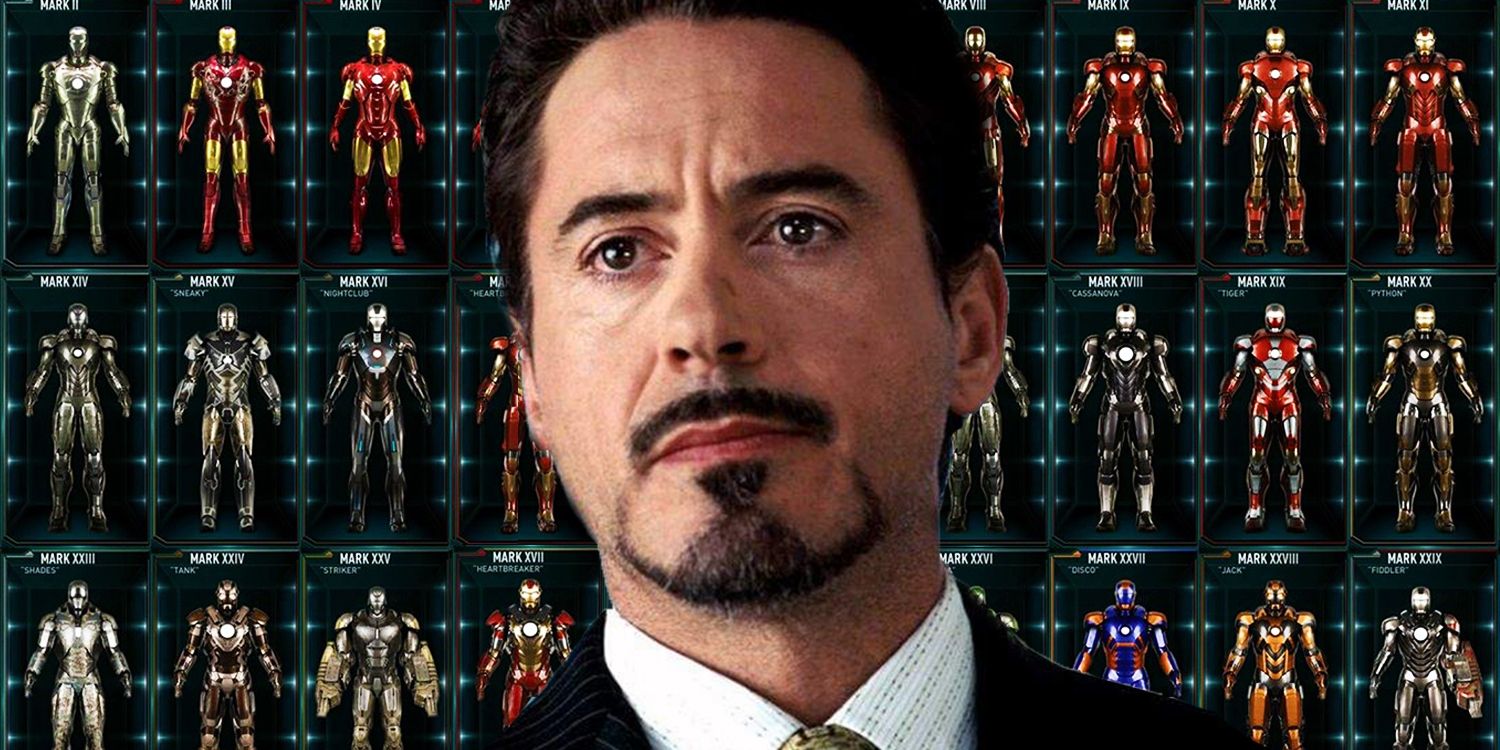
As the owner of Stark Industries, Tony Stark began as a villain in the MCU, with his gun-running earning him the nickname "Merchant of Death." That changed when he was taken captive by the Ten Rings terrorist organization. Unbeknownst to everyone involved, this was the first step toward the salvation of the universe, as Stark shifted his worldview away from warmongering and focused on building advanced suits of armor to protect the world. Here's every Iron Man suit built by Stark that appears in the MCU.
Mark I
Seen In Iron Man
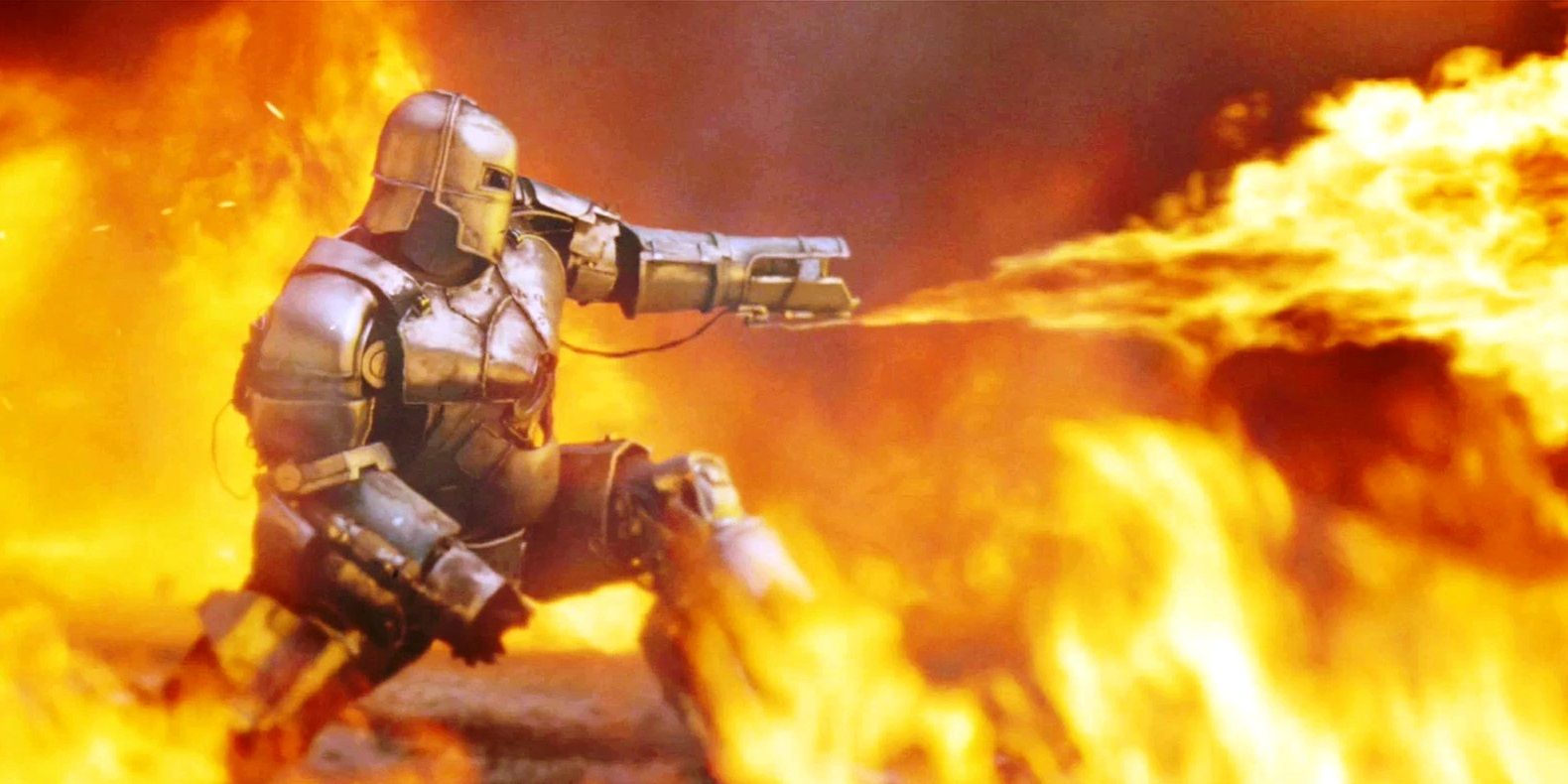
The first armor that the MCU's Tony Stark built was facilitated by a matter of life and death. Instead of building a missile for the Ten Rings, Stark and fellow hostage Ho Yinsen secretly put together a prototype suit of armor with their few resources, creating Iron Man's Mark I. They armed it with flamethrowers, a limited rocket launcher, and crude jet boots. Given the source of its materials, the whole armor was bulletproof, although its rushed design left multiple vulnerable spots at risk.
|
Iron Man Appearances In The MCU |
|---|
|
Iron Man (2008) |
|
The Incredible Hulk (2008) |
|
Iron Man 2 |
|
The Avengers (2012) |
|
Iron Man 3 |
|
Avengers: Age of Ultron |
|
Captain America: Civil War |
|
Spider-Man: Homecoming |
|
Avengers: Infinity War |
|
Avengers: Endgame |
Mark II
Seen In Iron Man
After returning from Afghanistan, Stark committed himself to building an improved version of the armor he and Yinsen had created. Stark first developed advanced repulsor technology and then formed the now-famous Iron Man armor design. Sleek and aerodynamic, the Mark II is the first Iron Man suit to integrate Stark's AI JARVIS and a fully-functioning HUD, apart from the hundreds of carefully arranged moving parts that grant Tony maneuverability while flying.
Its major weakness is its inability to reach high altitudes without freezing, a flaw that Tony later uses to defeat Stane. This armor is the first one used by James "Rhodey" Rhodes preceding the official debut of War Machine.
Mark III
Seen In Iron Man
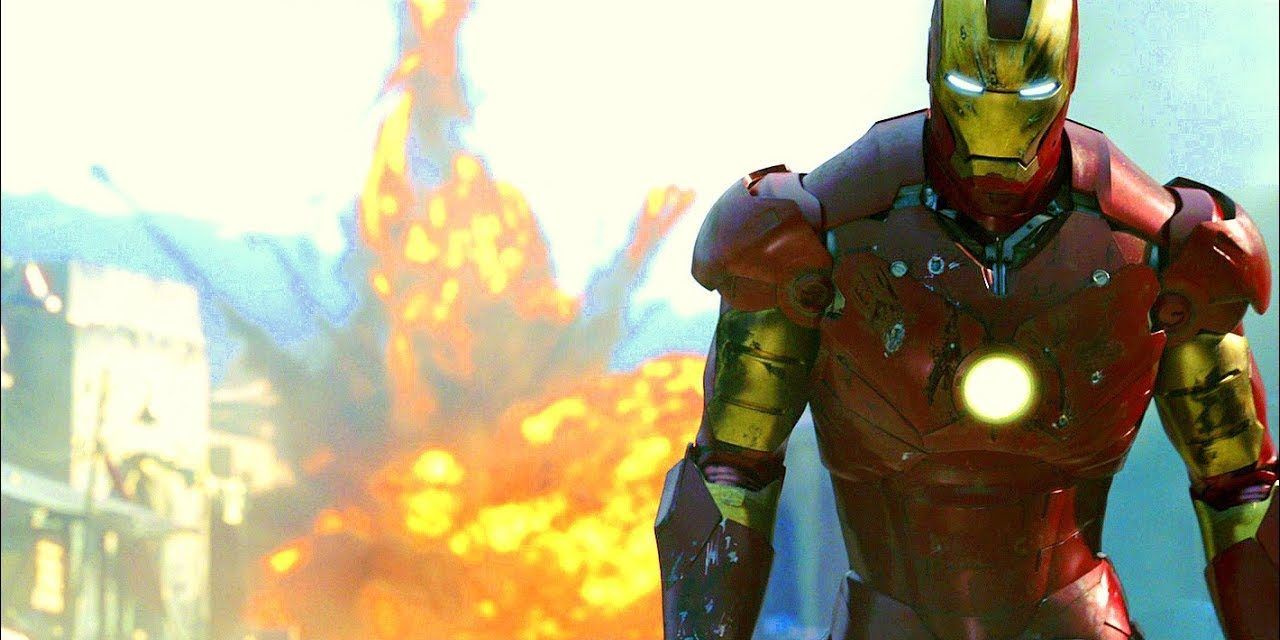
Tony Stark's Mark III armor symbolized the consolidation of Iron Man as a fully-fledged superhero, a key turning point in the designs for Iron Man's suits of armor. The most evident change implemented in this model was the iconic red-and-gold coloring, inspired by one of his many luxury cars. This is also the first armor fully designed for battle, incorporating a whole arsenal of anti-tank missiles, flares, and shoulder-mounted mini-guns, besides the intensified repulsors and a stronger uni-beam that comes from Stark's arc reactor. Its gold titanium alloy fixed the icing problem and enhanced its strength and durability.
Mark IV
Seen In Iron Man 2
After the Mark III suit was heavily damaged in Tony Stark's final battle with Obadiah Stane in Iron Man, Stark built the Mark IV armor to replace it. By this point, his ego had returned, and he wore the armor as a symbol of luxury. For this reason, he didn't come up with further improvements besides a higher degree of mobility, a brighter shade of red, and — one of the most peculiar Iron Man armor features — a biological waste disposal system that lets him relieve himself without the need to go to the bathroom.
Mark V
Seen In Iron Man 2
Tony Stark made a significant first step towards optimized portability several years ahead of his invention of nanotechnology, though both were crucial to the development of Iron Man's suits and Tony Stark's MCU timeline. Dubbed the "Suitcase Suit," Iron Man's Mark V armor prioritized accessibility over strength and endurance.
This model owed its name to its ability to transform into an inconspicuous suitcase for cases of emergency, like Whiplash's Iron Man 2 attack in Monaco. Its lightweight plates allowed for a quick suit-up and a great range of movement at the cost of its durability. Although it saves Stark from Whiplash, it gets heavily damaged with just a few blows
Mark VI
Seen In Iron Man 2 & The Avengers
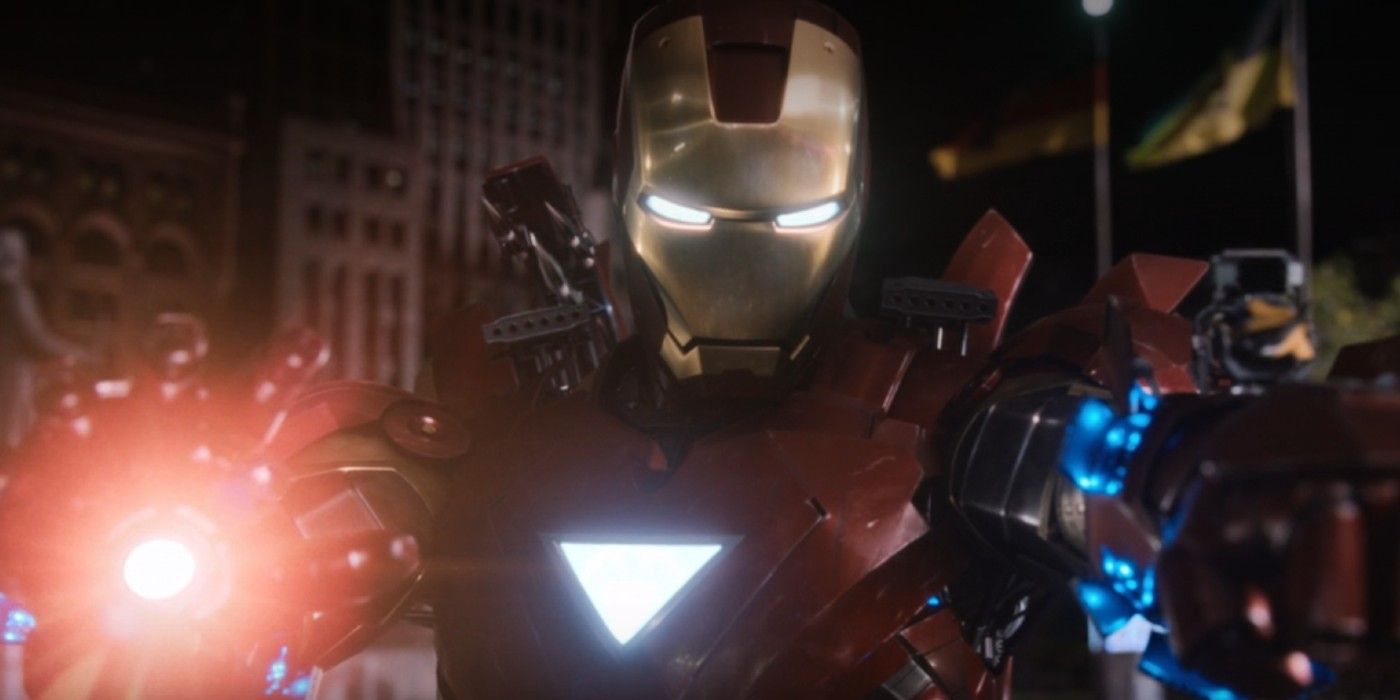
When the arc reactor in Tony Stark's chest poisoned him, he created a cleaner and more powerful one — plus a new suit of armor to go with it. This gave him the bonus advantage of harnessing an incredibly higher energy supply that allowed him to add more mobility, more weapons, and higher durability. The new features included a powerful laser, arm-mounted mini-missiles, considerable resistance to electricity — as evidenced by its durability against Whiplash and the full force of Thor's hammer, Mjolnir — and the ability to perform perfectly underwater.
Mark VII
Seen In The Avengers
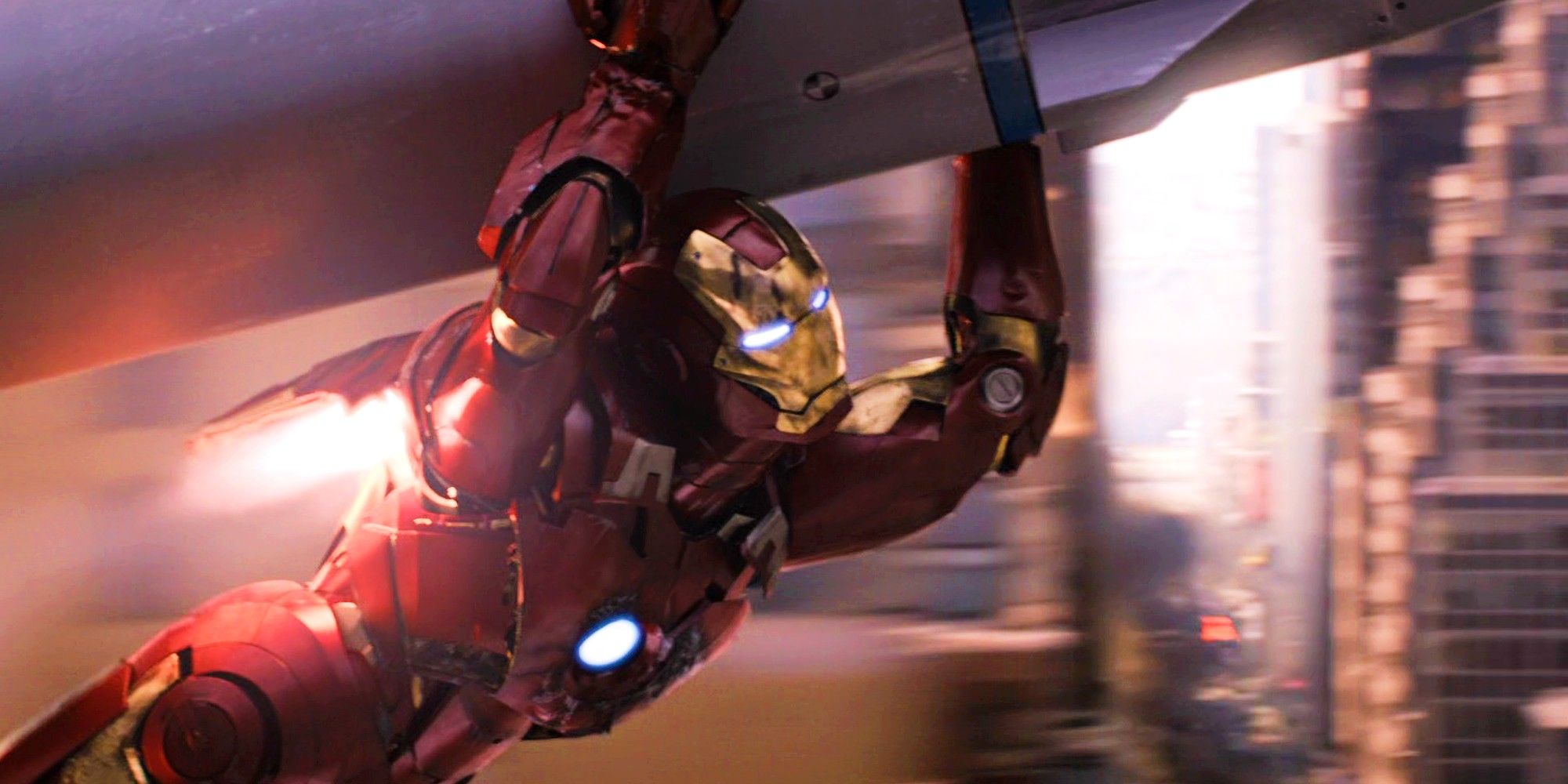
Stark's suit-up after Loki threw him off Stark Tower during The Avengers engraved the Iron Man Mark VII armor in viewers' minds. Emerging from a rocket-like pod that is attached to bracelets and assembled around Stark, the suit-up process is fast. The circular arc reactor returned, and so did Stark's whole arsenal, including rechargeable lasers capable of decimating the Chitauri. The Mark VII possessed a powerful thruster in its back, which freed up Stark's hands and allowed him to blast his opponents while flying at full speed. The suit could withstand heavy battle damage and even take down a Leviathan.
Mark XLII
Seen In Iron Man 3
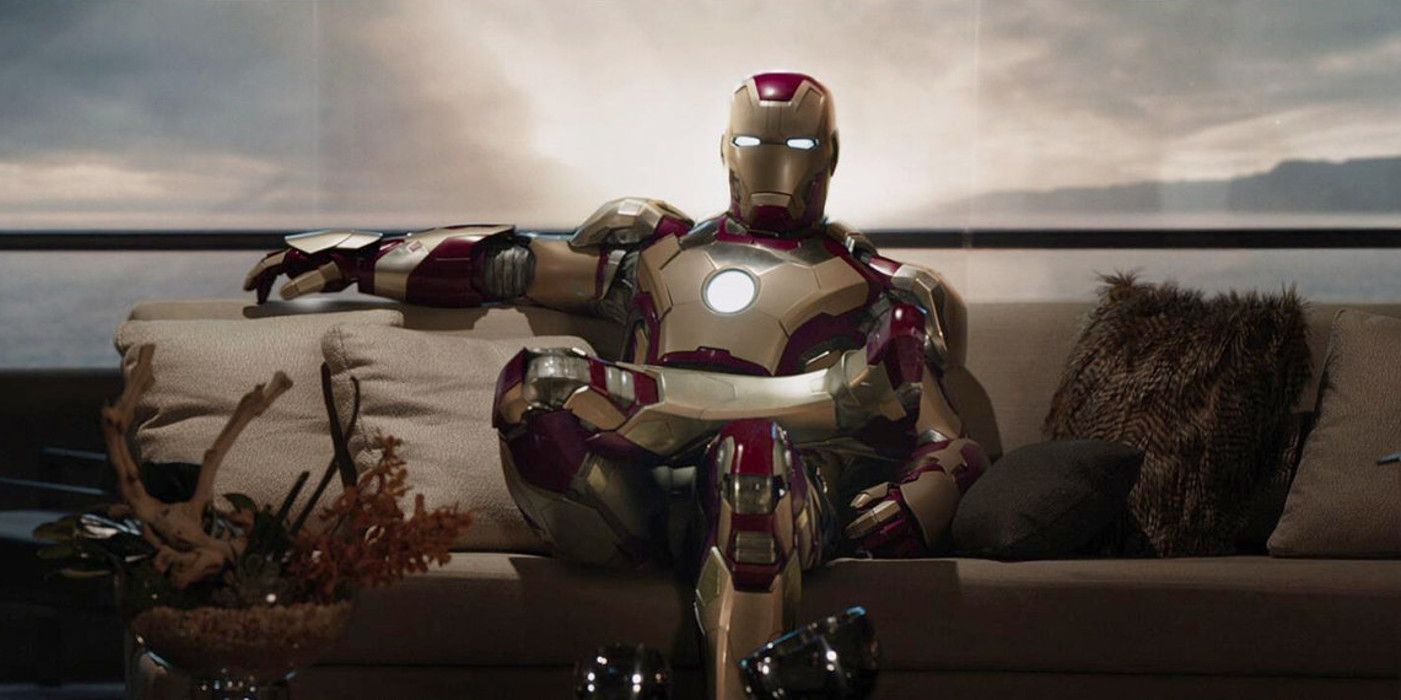
After experimenting with the Iron Legion's 35 Iron Man suits, Tony Stark developed the infamous Mark 42 Iron Man suit, which he could manipulate remotely with subcutaneous chips implanted on his arms that controlled the individual parts that assemble, one by one, around his body. This feature also allowed him to lock the suit onto another person.
"Prodigal Son" can also be controlled with a headset that allowed Tony to take full command of the suit from a great distance. Inspired by Marvel Comics' Extremis storyline, the Mark 42 sported a lighter shade of gold and, apart from regular weaponry, relied on its high-powered repulsor technology to fight.
The Iron Legion Armors
Seen In Iron Man 3
Mark XVI "Nightclub" - One of Stark's stealth-based suits, Nightclub's electronic cloaking system and color camouflaging technology resembled that of SHIELD's. It was the second suit he used against Killian. Like the Mark V, Nightclub also sacrificed strength, firepower, and durability for mobility.
Mark XVII "Heartbreaker" - Stark's seventeenth Iron Man armor iteration doesn't last long, but it briefly appears in Iron Man 3 to carry Rhodey to his own suit. This suit is nicknamed Heartbreaker due to its oversized chest pannel designed to unless devastating repulsor blasts.
Mark XXV "Thumper" - Thumper was designed for construction work and sports a sleek black paint job. Instead of traditional hands, Thumper sports pneumatic jackhammers at the end of each arm.
Mark XXXV "Red Snapper - The Mark XXXV earned its nickname by it's long, retractable pinchers at the end of each arm. These were designed to get into tight spaces and help victims of natural disasters who may find themselves trapped under debris.
Mark XXXIII "Silver Centurion" - Based on its popular Marvel Comics counterpart, the Silver Centurion had one hidden blade in each arm and an enhanced energy system. It was the first armor that Tony Stark wore after calling the Iron Legion to battle Aldrich Killian in Iron Man 3, and the first one to be destroyed by him.
Mark XXXVIII "Igor" - This hulking suit features a hunched posture and an eye-catching blue paint job. Bulky and relatively unmaneuverable, the Mark XXXVIII was designed to lift heavy loads in construction projects.
Mark XXXIX "Gemini" - Gemini is perhaps one of Stark's most visually striking Iron Man suits. Eschewing the classic red and gold for white, black, and bronze, this suit was designed to withstand sub-orbital space travel. The suit sports a high-powered concussion canon and small boosters that allow maneuverability in zero-g.
Mark XL "Shotgun" - With the ability to reach speeds over Mach 5, this was one of the fastest Iron Man armors Stark ever created. It was the suit he chose to fight Aldrich Killian after Pepper Potts was presumed dead. This model had a powerful thruster in the back to stabilize it while flying and fighting.
XLI "Bones" - This stylish Iron Man armor has a striking black and gold look with an ornate circuitry pattern running along its armor panels. The suit is extremely lightweight, favoring maneuverability over bulk. Each individual piece has its own thruster, which allows it to break apart and turn itself into a projective swarm.
Mark XV "Sneaky" - This was the first suit Tony Stark designed for stealth purposes, the first in the Iron Legion to have a nickname, and the last one he used in the final battle in Iron Man 3, getting totaled after the explosion of Mark XLII. Its design stood out for its rugged helmet and the sharp angles in its plates.
Mark XLIII
Seen In Avengers: Age Of Ultron
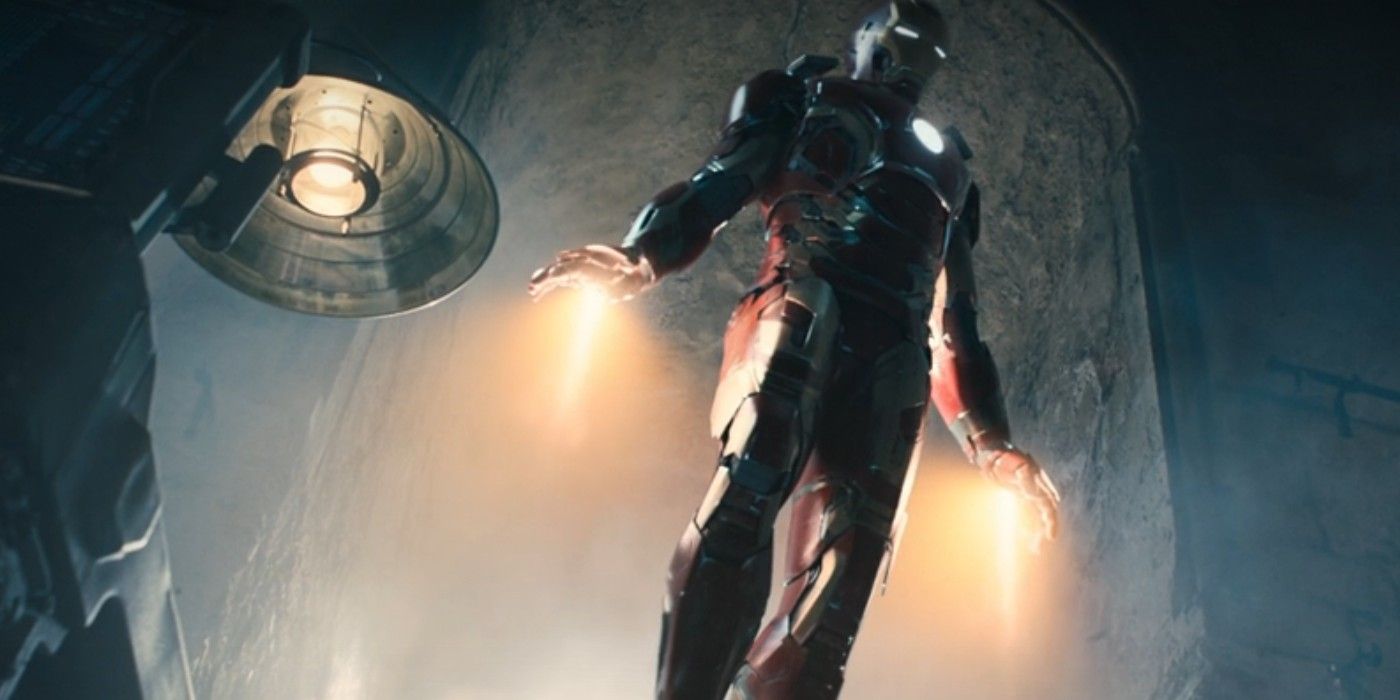
Tony Stark promised to stop armor building with Iron Man 3's "Clean Slate" protocol. However, Mark XLIII (Mark 43), which he used to fight Ultron and his robot army, proved otherwise. This model took the best features from the Mark VII and Mark XLII armors, merging the versatility of the latter with the endurance of the former.
Notably, this Iron Man armor was designed to fit inside the Hulkbuster, marking the first time Stark explored combining different armors - both to pose more of a threat and last longer in the Avengers' increasingly dangerous battles. It also adds an infrared scanning system and the ability to switch to Sentry Mode.
Mark XLIV
Seen In Avengers: Age Of Ultron
The Hulkbuster armor finally arrived in Avengers: Age of Ultron after years of anticipation following Tony Stark's cameo in the post-credits scene of The Incredible Hulk. This colossal suit was developed by Stark and Bruce Banner as a contingency plan in case the gamma-radiated scientist lost control.
Powered by multiple arc reactors, the armor was deployed by a satellite named Veronica, and assembled onto Tony's regular armor. All of its weapons were custom designed to subdue the Hulk, with sedatives, jackhammer hands, and replaceable parts to help him. The Hulkbuster returned in Avengers: Infinity War, this time sported by Bruce Banner himself.
Mark XLV
Seen In Avengers: Age Of Ultron
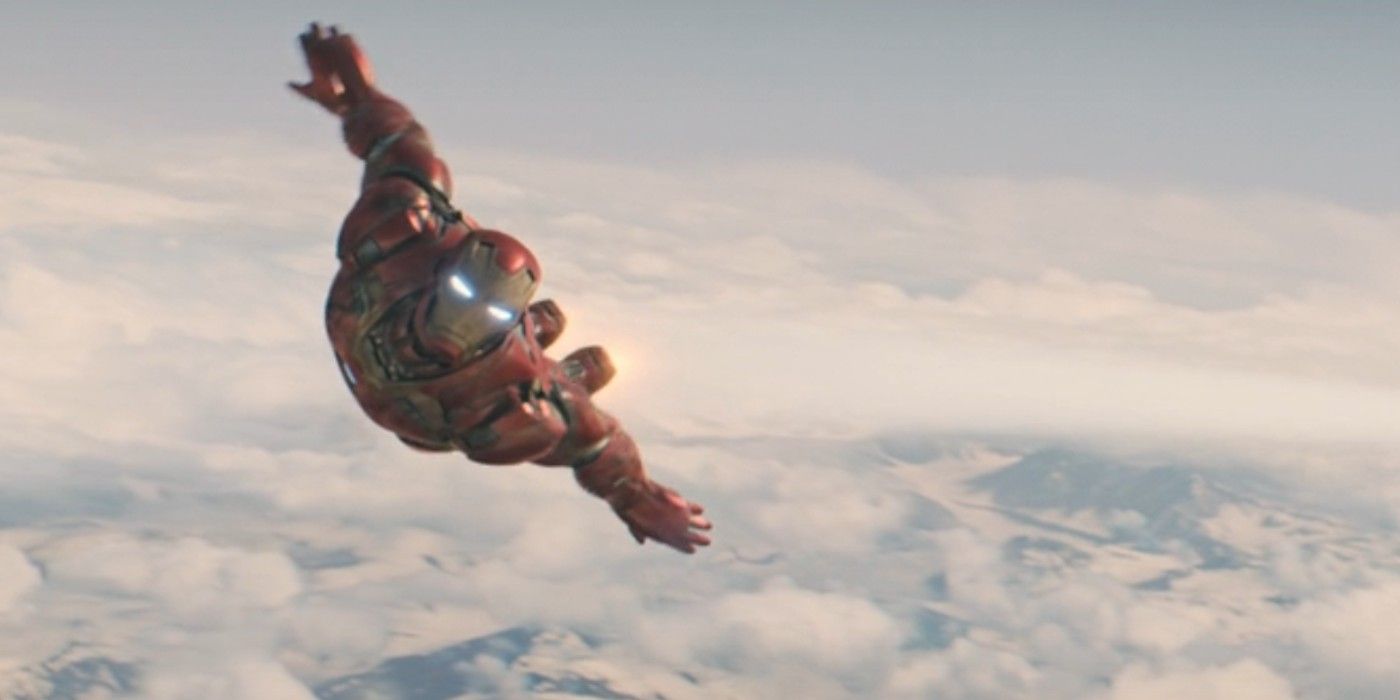
This model carried over all the features from Mark XLIII and reinforced the whole armor with chromed gold titanium, making it considerably tougher and shinier. The overall design was sleeker and pioneered the hexagonal shape around its arc reactor. Since Stark and Banner implanted JARVIS into Vision, this was the first of Iron Man's suits to use his replacement, FRIDAY. This suit was so durable that it managed to withstand a fight against Ultron and his minions and still be able to overload the machine that detonated Sokovia, subsequently surviving the raining debris.
Mark XLVI
Seen In Captain America: Civil War
The suit Stark used to fight Steve Rogers, a.k.a. Captain America, and Bucky Barnes, a.k.a. the Winter Soldier, was the first to be inspired by the Bleeding Edge armor from Marvel Comics, before the nanotech armor he used in Avengers: Infinity War.
The miniature arc reactors scattered throughout the armor enhanced its power, and its collapsible structure enabled Tony to manipulate it more easily. He was able to put it on effortlessly, with the touch of a button, and the helmet could retract into the suit. Stark's watch stored a glove with sonar and flash-bang blasts that helped him fight Barnes without needing to wear the rest of the suit.
Mark XLVII
Seen In Spider-Man: Homecoming
The Mark XLVII armor that appeared in Spider-Man: Homecoming was directly inspired by the Ultimate Marvel Comics, with its middle portion sporting a silver color. The design, however, was the same as the Mark XLVI, although its main improvement was the ability to be controlled by Wi-Fi without the need for a headset, as Tony Stark demonstrated while on vacation in India.
In another moment showing Stark's ingenuity, the Mark XLVII also had powerful detachable jets that allowed Iron Man to put the damaged ferry back together faster and more efficiently than Spider-Man's webs. When not controlled by Stark, FRIDAY took care of everything.
Mark XLVIII
Seen In Avengers: Infinity War![Bruce Banner cheers while partially exposed from Hulkbuster armor in Avengers Infinity War]()
After the success of the Hulkbuster suit, Stark proceeded to upgrade it to the Mark XLVIII, aka Hulkbuster 2.0. Unfortunately, the Mark XLVIII doesn't see much action. Ironically, instead of being used to stop Hulk, the suit is piloted by Bruce Banner during the Battle of Wakanda when he temporarily loses the ability to "Hulk out." Visually similar to its predecessor, the hulking Mark XLVIII is slightly more streamlined, featuring rounder edges than the Mark XLIV. Besides that, the suits are strikingly similar.
Mark L
Seen In Avengers: Infinity War
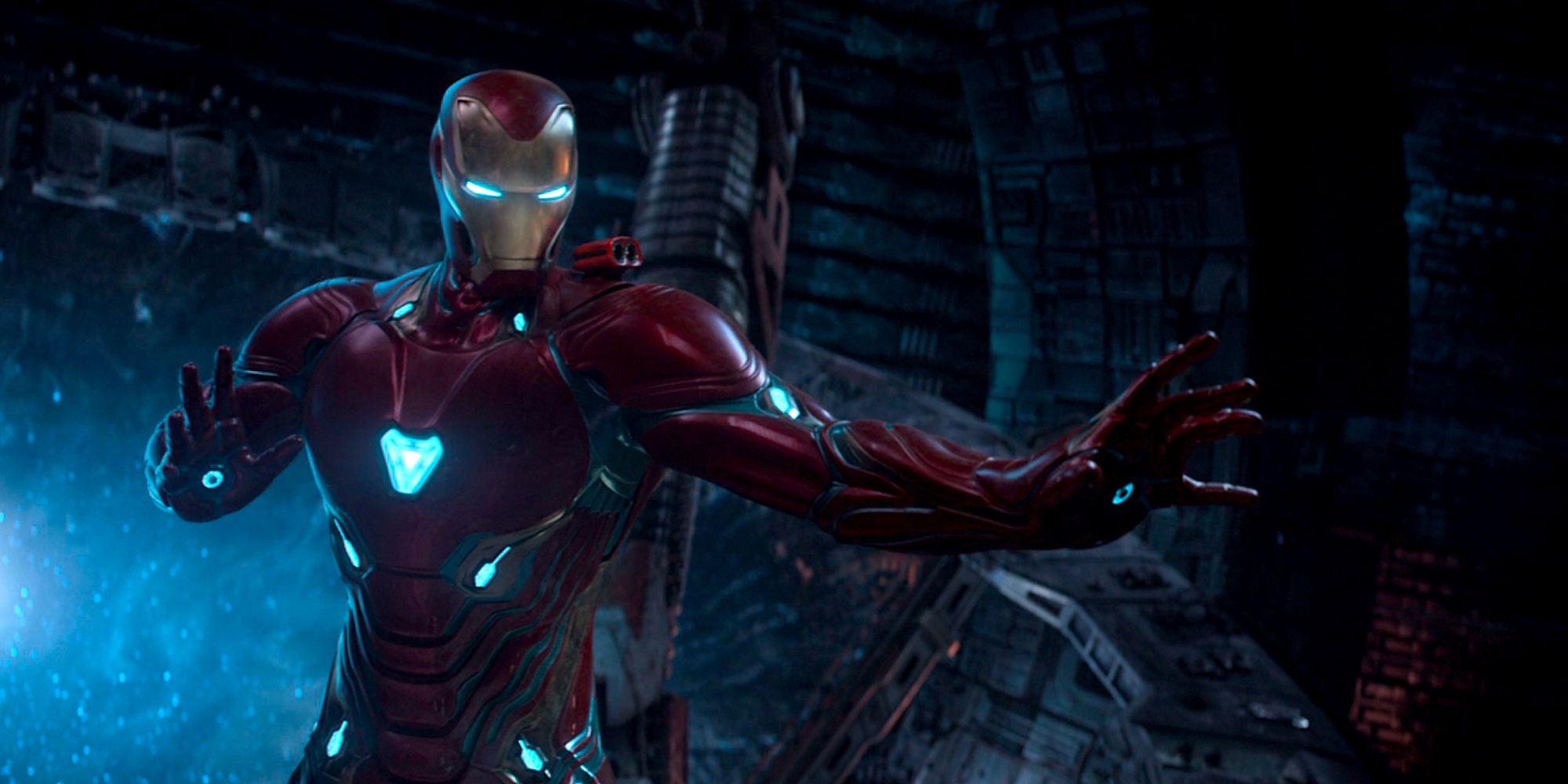
This suit marked the beginning of Iron Man's suits using nanotechnology, so its features were basically endless. Like Black Panther's second suit, the Mark L/Mark 50 could materialize and reshape itself in a matter of seconds, but unlike T'Challa's vibranium armor, it could also create a wide variety of missiles, thrusters, cannons, blades, hammers, shields, wings, freezing spray, and even glasses.
The design was the sleekest of all of Stark's suits, and actually mimicked the shape of Stark's body. It had the ability to fly into deep space without any damage while protecting Tony from radiation and also supplying life support, considerably raising Iron Man's power levels in the MCU.
Mark LXXXV
Seen In Avengers: Endgame
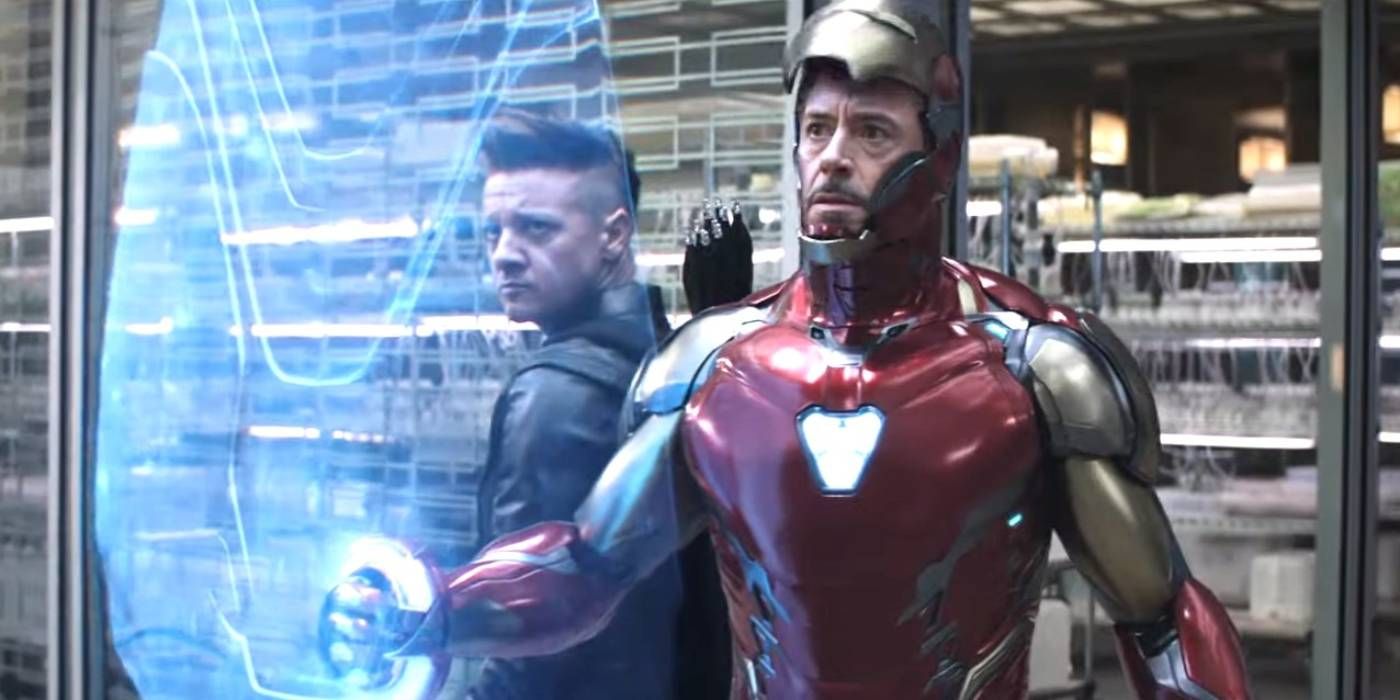
Tony Stark spent the five years after Thanos' snap in Avengers: Infinity War perfecting his ultimate suit, which resulted in the Mark LXXXV. Perfectly resembling the classic look of Steve Ditko's comic book illustrations, Tony's final armor blended the Mark L's sleekness and nanotechnology with a visibly more muscular and more robust design. Not only did Iron Man's Mark 85 perfect the previous features, but also possessed enough strength to withstand an all-out fight with Thanos and even harness the power of all six Infinity Stones, with the design of the hand taking inspiration from Thanos' Infinity Gauntlet.
Tony Stark's Sakaarian Armor
Seen In What If...?
During a handful of episodes of the multiverse animated series, What If...?, Tony Stark found himself on Sakaar. During his time there, Stark made another suit, this time with all the parts and scrap he found within Sakaar's junkyard. Its color scheme is different from the main MCU Iron Man, helping to set itself apart from most of the other armor in the franchise. One of the coolest quirks of the suit is its ability to transform into a race car that is powered by the arc reactor.
Pepper Potts' Rescue Armor
Seen In Avengers: Endgame
One of the many surprises that Avengers: Endgame delivered was Pepper Potts' own suit of armor. The Rescue armor wasn't as weapon-heavy as most of Stark's suits in Marvel Comics, but the MCU managed to give Pepper all the main features that Iron Man is known for, such as the floating ion cannons and the uni-beam, courtesy of Tony's determination to protect Pepper and their daughter, Morgan.
Although Pepper Potts is unlikely to have a big role in the MCU following Stark's sacrifice in Endgame, she could sport her Rescue armor in a future Avengers or an all-female A-Force project, and potentially even in the MCU's upcoming Armor Wars project.
War Machine Mk II-VI
Seen Throughout The MCU
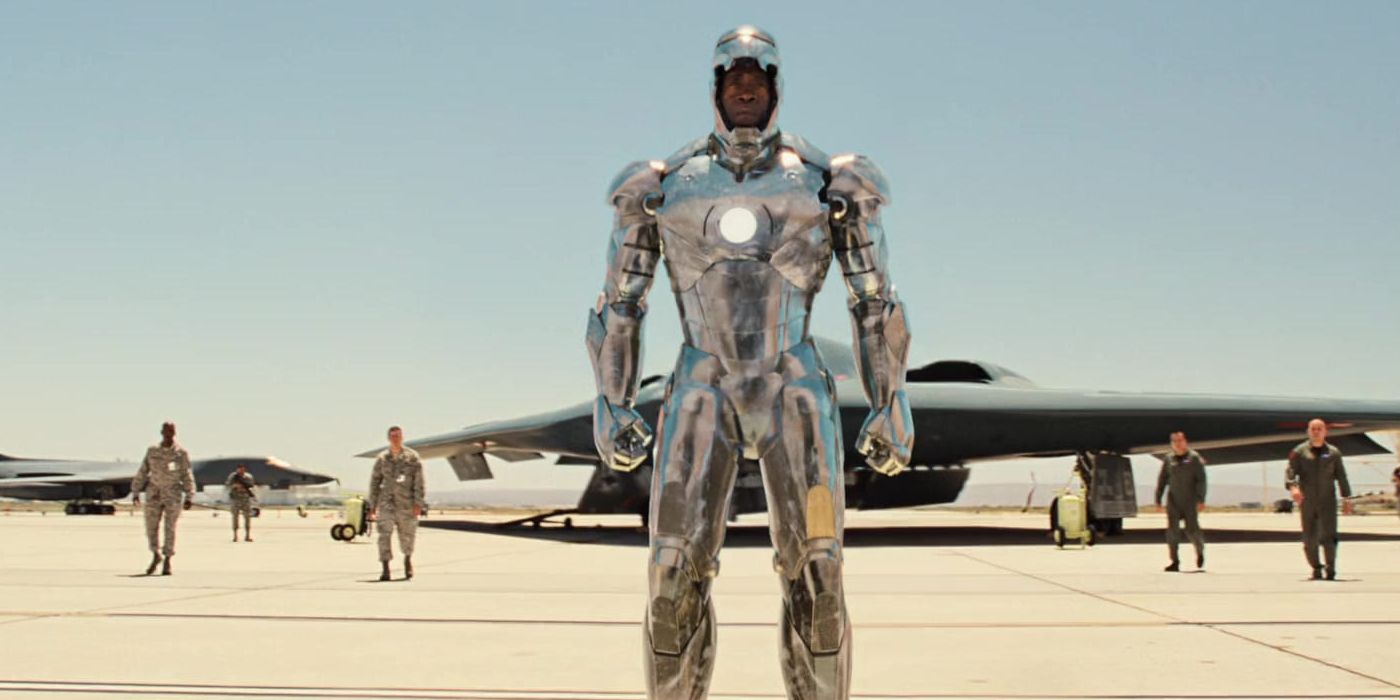
While Tony Stark is justifiably hesitant to let anyone else use his super-suit tech, he makes an exception for his long-time friend and fellow Avenger James "Rhodey" Rhodes, AKA War Machine. While Rhodey originally suits up in Tony's then-outdated Mk II armor, he gets his very own setup that favors heavy weaponry over maneuverability. However, they don't quite fit the standard list of Stark suits given a few were modified by other people than Tony.
Given the "Mk I" was just Iron Man armor, his bespoke suits range from War Machine Mk II to Mk VI. The Mk II is simply the Iron Man Mk II as well, but it benefitted from significant firepower upgrades from Justin Hammer in Iron Man 2. The Mk III debuted after Avengers: Age of Ultron as Rhodey officially joined the new Avengers roster. However, it was destroyed by Vision at the end of Captain America: Civil War.
The Mk IV armor is quite similar to the Mk II and III, but War Machine Mk V came with massive firepower upgrades. The suit is significantly larger (though much smaller than Tony's Hulkbuster armors), sports dark reds and blues in addition to the classic War Machine gray, and is outfitted with alien technology. The suit is only seen in Thanos' final assault on the Avengers Compound in Avengers: Endgame. The War Machine Mk VI armor was a return to the more traditional design, but it was significantly damaged by Thanos in Endgame.
Other Iron Man Armor Appearances
Some of Iron Man's suits have popped up in projects that Stark himself had no role in. One of Stark's suits appeared during Mysterio's illusion-scape in Spider-Man: Far From Home, haunting Peter Parker. Hulu's MODOK, which has no ties to MCU continuity, also featured Iron Man and included a Mark I helmet in the future timeline where MODOK defeated the Avengers. Phase 4's What If...? featured different variations on Iron Man, such as Steve Rogers' HYDRA Stomper, Killmonger's Gundam armors, and zombie Iron Man.
Armor Wars May Introduce 33 Missing Iron Man Suits To The MCU
Iron Man 3 ended with Stark disposing of over 30 suits, but the MCU never revealed what happened to the 33 suits made between Avengers: Infinity War and Endgame, as Iron Man went from using the Mark 50 to the Mark 85. Those missing suits are likely to appear in Armor Wars.
After Stark's death, there's little standing in the way of would-be villains seeking the power of Stark technology. Although most of these suits could be incomplete prototypes, Armor Wars could see them being used for nefarious purposes. The suits could also turn any regular person into a superhero, which might be a better way to continue Iron Man's legacy.
Every MCU Character Who Wore Stark Armor Other Than Tony Stark
- James Rhodes - War Machine: Rhodes as War Machine has been around since Iron Man 2. He first puts on the gear to fight Tony Stark during a party Stark is throwing.
- Pepper Potts - Rescue: Pepper Potts briefly donned Iron Man armor in Iron Man 3, but her first full use of a suit came during the climactic battle in Avengers: Endgame.
- Peter Parker - Spider-Man: Peter Parker initially rejected the Iron Spider armor during Spider-Man: Homecoming but finally wore it as he was flying in space during Avengers: Infinity War.
- Sam Wilson - Falcon: Following the events of Captain America: The Winter Soldier, Sam Wilson needed a new suit, and Tony Stark made him one.
- Bruce Banner: Without being able to turn into the Hulk, Bruce Banner helps defend Wakanda in Hulkbuster armor during Avengers: Infinity War.
- Obadiah Stane - Iron Monger: Stane is the original villain of the MCU, appearing in Iron Man and using a suit his engineers created after stealing the design from Tony Stark.
- Steve Rogers - Hydra Stomper: In the What If...? series, Steve Rogers never becomes Captain America. Instead, he gets an Iron Man suit built by Tony Stark's dad, Howard Stark.
- Ultron: In Avengers: Age of Ultron, Tony Stark and Bruce Banner create Ultron when trying to build an AI to protect the world. Ultron first goes into an Iron Man sentry robot, fighting the Avengers.
- Riri Williams - Ironheart: While not technically created by Tony Stark, Riri Williams reverse-engineers Tony Starks design to create her own during the events of Black Panther: Wakanda Forever.
